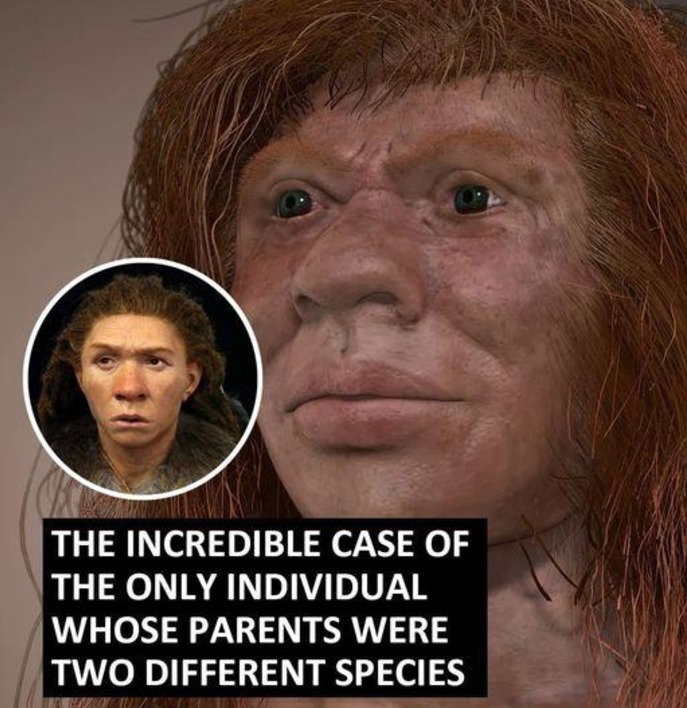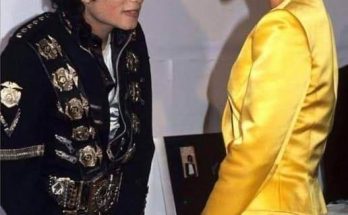In 2018, scientists made a huge finding that helped them understand how humans evolved in new ways. What scientists found when they found the body of a 13-year-old girl named Denisova 11 was shocking: she was the child of a Neanderthal mother and a Denisovan father. A lot of scientists are very interested in this amazing discovery because it gives us a new way to understand how our ancestors lived.
To fully grasp what Denisova 11 means, it is necessary to learn about the history of her parent species. Neanderthals lived in Europe and Western Asia for thousands of years. They were known for being strong and flexible. On the other hand, Denisovans are still a mystery. The only evidence of their presence is a few fossil fragments found in Siberia’s Denisova Cave. Genetic research has shown that Denisovans interbred with modern humans, leaving a lasting mark on some populations, even though not much is known about them.
The discovery of Denisova 11 has also raised a lot of questions about how old hominin species interacted with each other. How did Neanderthals and Denisovans talk to each other? Did they work together, compete, or share traditional practices? The finding of Denisova 11 has sparked a flood of new ideas that make us question what we thought we knew about our ancestors’ lives.



